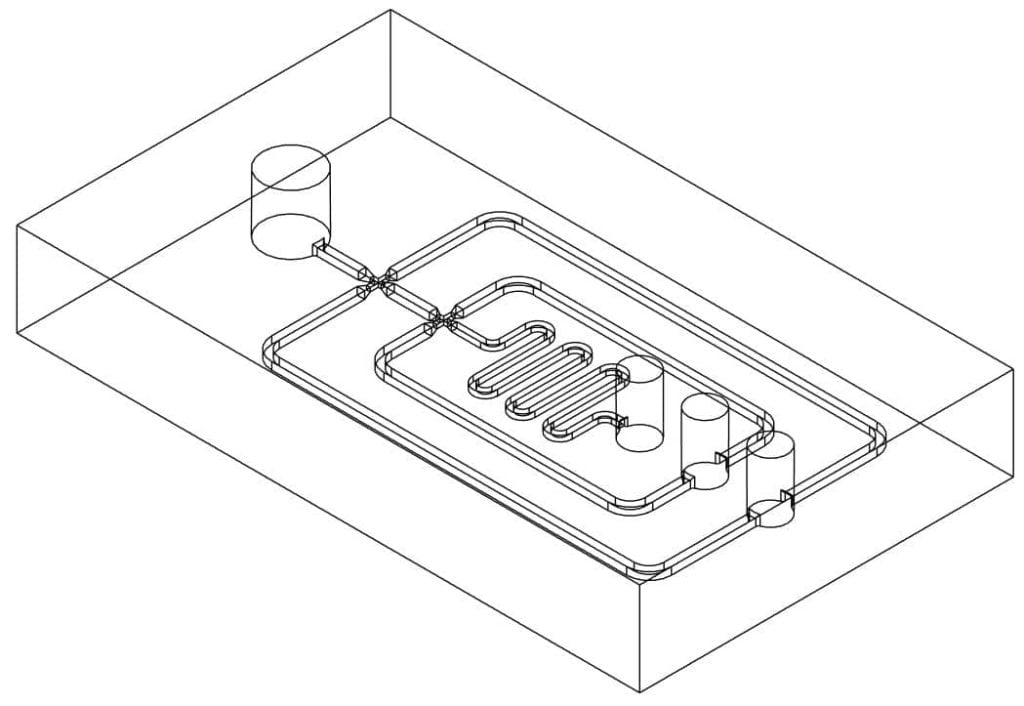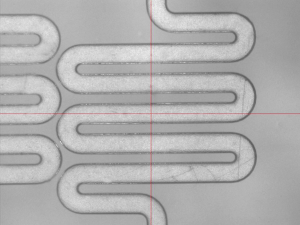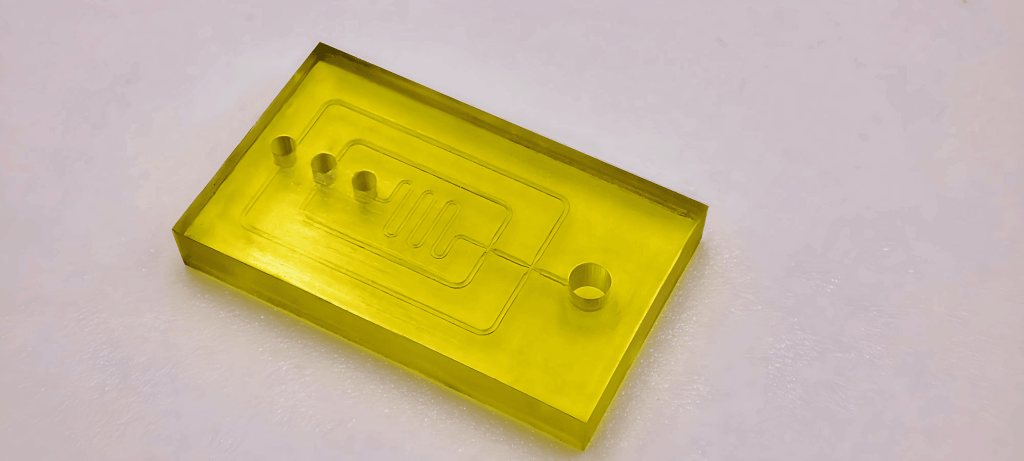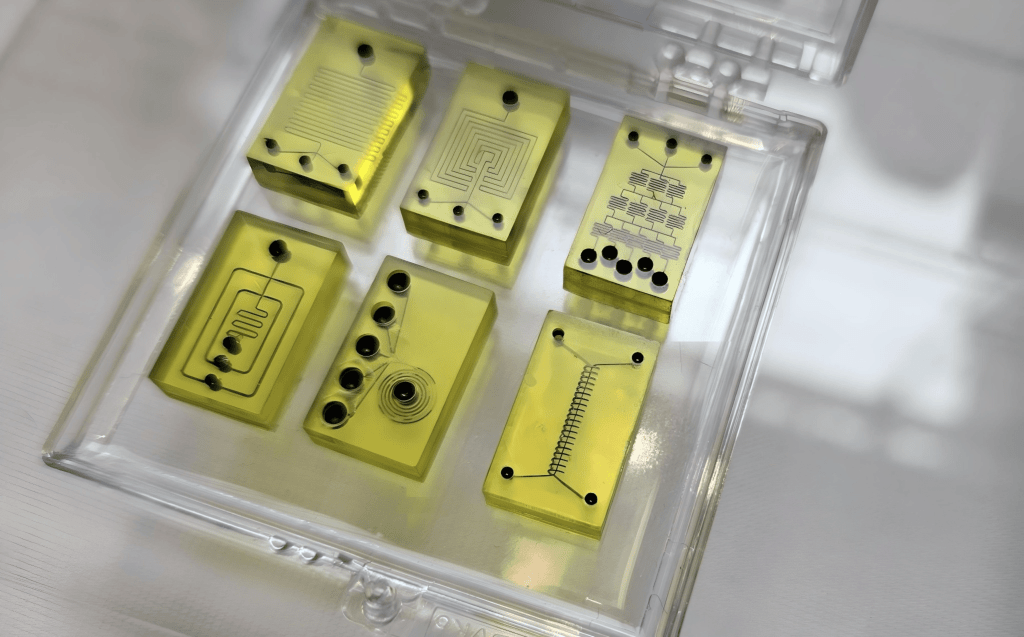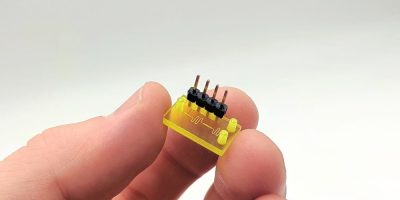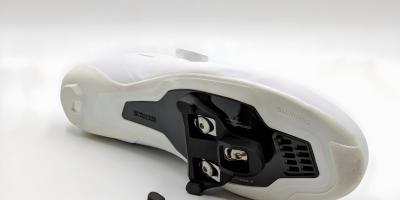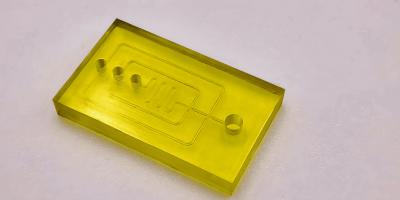Precisely fabricating microfluidic components with extremely small features is critical for the performance and reliability of devices such as 3D printed droplet generators. Traditional manufacturing techniques often fall short when producing channels narrower than 100 microns – a common requirement in advanced microfluidic applications. IPFL, leveraging its expertise in Micro 3D printing, set out to overcome these limitations by developing a process to print channels as small as 40 microns in diameter. This case study details the challenges faced, the innovative approaches employed, and the successful outcomes achieved in our quest to advance the capabilities of microfluidic device manufacturing.

3D Printing Microfluidics – droplet genreators
Case study Challenge
- Printing Sub-100 Micron Channels: Traditional manufacturing methods struggle to achieve channels narrower than 100 microns. We aimed to push the boundaries by printing channels as small as 40 microns in diameter.
- Preventing Channel Clogging and Resin Removal: Ensuring the channels did not block during the printing process and developing a method to effectively remove uncured resin from the channels post-printing were critical challenges we had to overcome.

Approach
To address these challenges, we adopted a multi-faceted approach:
- Resin Selection:
- We conducted extensive research to identify a suitable biocompatible resin with low viscosity. This property was crucial for ensuring easy flow and removal of uncured resin from the narrow channels.
- Printing Parameter Optimization:
- We developed a new printing parameter profile specifically designed to reduce the energy dose per layer while maintaining it above the critical threshold necessary to avoid channel blockage.
- This involved fine-tuning the energy profile to ensure the upper layers above the channels did not receive excess energy, which could cause sealing and clogging.
- Utilizing Advanced 3D Printing Technology:
- Our BMF S240 micro 3D printer, capable of 10-micron resolution, was tested rigorously to achieve the precise channel dimensions required for this project.

Solution
- Resin Selection:
- We selected a new biocompatible resin with a low viscosity that facilitated easier removal of uncured resin, reducing the risk of channel blockage.
- Energy Parameter Optimization:
- We optimized the energy parameters to ensure the energy dose in the upper layers was minimized, preventing the channels from sealing during the printing process.
- 3D Printing Technology:
- Using our BMF S240 Micro 3D printer with 10-micron resolution, we successfully printed channels as small as 40 microns in diameter.

Outcome – droplet generators
- Successful Fabrication:
- We successfully fabricated a Droplet Generator with channels as small as 40 microns in diameter.
- Channel Integrity:
- The channels remained open throughout the printing process and were effectively cleared of uncured resin post-printing.
- Demonstration of Capabilities:
- This case study highlights our capability to overcome traditional manufacturing limitations and produce high-precision microfluidic structures using advanced Micro 3D printing technology.
- Innovative Solutions:
- The project underscores our innovative approach to tackling complex manufacturing challenges, showcasing our expertise in Micro 3D printing and commitment to delivering high-quality precision components.
This successful case study reinforces IPFL’s position as a leader in Micro 3D printing, demonstrating our ability to produce intricate and precise microfluidic structures that meet stringent specifications and industry standards.

